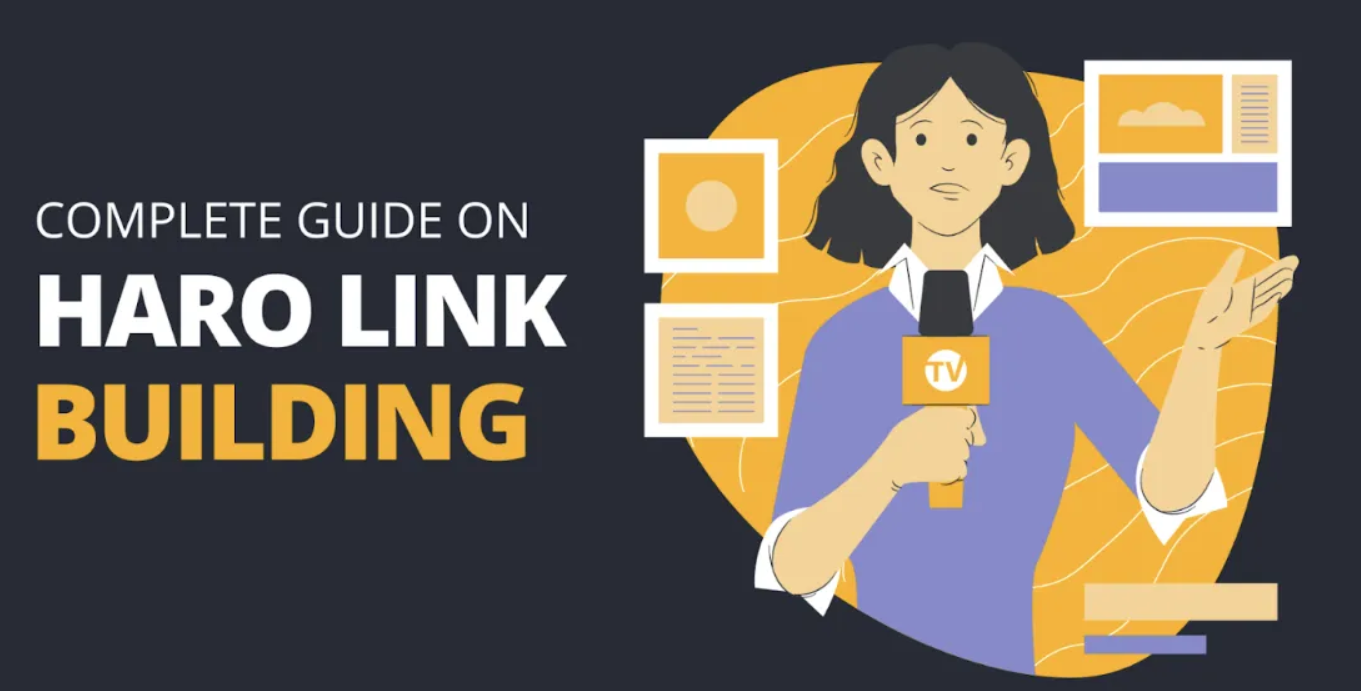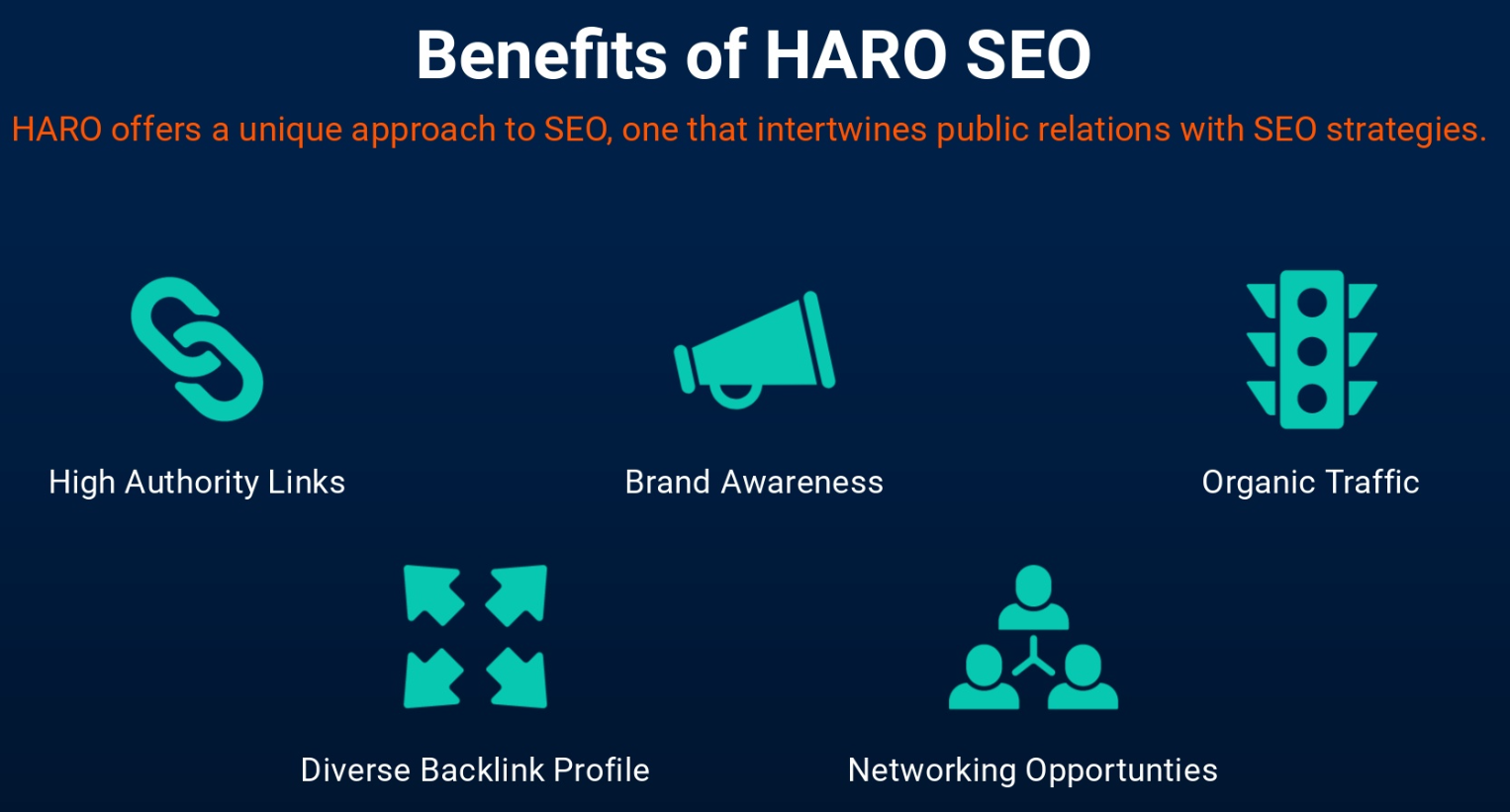I.Site Audit
Auditing a website is an important first step of any SEO strategy. By properly assessing key areas we will discuss below, we can develop a proper SEO strategy and initiatives.1. Understand Your Current Situation and Needs
Whether you are planning to optimize your own site or you are an agency working on your client’s website, the first and most crucial phase is to understand everything about the site. So, this phase is about establishing key campaign objectives. Here are the key areas to assess: Business Type: which industry, niche, or category do the site belong to? Different niche might be more competitive than others, and you will need more efforts to get the desired SEO results. You should also consider whether the business is an established one, or a relatively new one, which might affect the required SEO approach. Also, here we should determine the key competitors of the site.Website Type/Size: there are many different kinds of sites, from small business to enterprise, e-commerce, community, and many more. Current Situation: the current condition of the business and the site, such as current revenue, awareness, and specific site-related issues like whether the site has been penalized by Google in the past.Target Audience: develop a buyer persona, understand the key demographic aspects of your audience from age, gender, and whether it’s a local, national, or global audience, Current Needs and Problems: assess the needs of the business/site. It can be increasing organic traffic, optimizing brand awareness, improving sales or recovering from a Google penalty.2. Identify Key Problems
During the site audit, most likely you will stumble upon key problems to focus your attention on. Here are the key areas to consider:Competition
How difficult it is to rank for the focus keywords. Assess whether there are big brands competing against the site, and whether key competitors are investing a lot in link building and SEO in general. Figure out ways to outperform/outsmart the competitors if possible.Site Issues
We can use various checklists to determine various issues on the site. Here are some common ones:- Google penalty: you can check with Google Algorithm Change History
- Technical SEO aspects: Distilled’s checklist and Webris’s checklist
- Local SEO aspects: LocalSEOChecklist and Moz’s Local Ranking Factors Study
- International SEO: Aleyda Solis’s guide and Moz’s International SEO Checklist
- Ecommerce SEO checklists: Backlinko’s guide
- Mobile SEO: Bruce Clay’s checklist
- Backlink audit: BuiltVisible’s guide
Budget
Since SEO will be a long-term process, a proper allocation of the budget will be crucial. Consider the issues found on the other aspects above, and judge whether the available budget will be substantial enough to execute a competitive SEO strategy.3. Developing Solutions
By compiling the results from your site audit and other assessments, we can quite easily solve the common SEO and traffic related issues. Here are the key areas to consider:- Figure out the necessary actions based on the site’s needs, as assessed in above steps
- Developing solutions for the site’s major issues
- Finding opportunities we can take advantage of (will be discussed further below)
4. Identify Opportunities
Now that you’ve figured out the key issues, challenges, and your available resources, it will be easier to find opportunities to take advantage of. These are the necessary processes to identify key SEO opportunities:Keyword Research
Use various tools from Google’s Keyword Planner, SEMRush, Ahrefs, and others to find keyword opportunities. You would want keywords that are related to your niche, have enough search volume, and yet are not too competitive/difficult to target. Check out this guide by Ahrefs to further help you with keyword research.Competitive Analysis
A huge part of any marketing strategy is to understand what your competitors are doing, and find opportunities to outdo or outsmart them. With regard to SEO, find out the keywords your competitors are targeting, what kind of topics they excel on, and the sites who are linking them.Check out this guide on competitive analysis by Moz.Content Audit
Make a list of all the current key contents available for the site. Find out whether there are lacking areas like relevant topic that hasn’t been covered, lack of certain content types, and others.Again, check out this guide about content audit from Moz.5. Determine The Goals of Your SEO Campaign
Based on the current issues, challenges, available budget and most importantly, opportunities, determine specific and realistic goals for your SEO strategy. Keep in mind that every actionable goals of your SEO campaign should be aligned with the overall business goals. Here are some of the common SEO goals you may want to consider:- Improve search visibility to increase brand awareness and conversions
- Increase organic traffic to generate more leads, business opportunities, and in the end, revenue
- Optimize the site’s overall quality from architecture, content, user experience and credibility/authority
II. Content Development
What is the most effective strategy for SEO? While there can be many different answers, but arguably there is an absolute best one: developing contents and overall site experience that are better than what is currently ranking for that topic. Yet, by no means it is an easy strategy to execute.Here are the key steps of a content development process for SEO:- Identify proper keywords with mid to high search volume. Plan relevant topics based on those target keywords.
- Validate your content idea by checking the top-ranking sites for the topic. Check the number of backlinks, and assess the possibility of getting similar inbound links
- Analyze how the top competitors are approaching their content development: the types of content they are publishing, how many words, etc.
- Develop better contents than your competitors
- Reach out to the sites who have linked and shared your competitor’s contents. Build relationships and aim to get their backlinks.
- Promote your content. Check out our previous guide on link building here (link to content promotion article)
- Informative and/or educational, will solve the problems of your audience or will give them valuable insights
- Evergreen and future-proof (at least for several years in the future)
- Have high possibility to earn inbound links
- You can confidently promote through various channels
III. Optimize For Featured Snippet
Featured snippet results are often dubbed the rank#0 because they are prominently placed above the top search results. So, if you can get your page as a featured snippet, you have won the jackpot. But how can we be sure to be featured as featured snippet? In Google’s own words, you can’t. Google programatically determines which site provides the best answer for a specific question, and shows the summary of that answer as the featured snippet. A common misconception is that since featured snippets will cause fewer traffic for the featured site, since the content of the page is shown in the snippet. Yet, that’s not actually the case, as featured snippets will always translate to more traffic.While as we have mentioned, there is no sure way in getting a featured snippet, there are ways to optimize your site to increase the chance. They are:- Make a list of keywords where you are already ranking on the first page, or below the 20th position. Google picks featured snippet results from the top 10 ranking pages, so you will first need to achieve that position. Also, featured snippets are mostly given to sites who are optimizing for voice queries, so check out our previous guide on voice search optimization here. (link) Use tools like Ahref’s organic keywords feature to assist you in this step.
- Check each keyword/query, and find the ones that display featured snippets. List the pages from your site that are ranking for these keywords.
- Restructure and re-optimize your content to be better than the current featured snippet result:
- Optimize readability, overall user experience, load speed, etc. for better engagement
- Write a better overall copy compared to the site currently featured
- Focus on giving accurate answers for the target keyword/question. Aim to make this section extra-optimized to be easily summarized by Google
- Build more links within the content, and aim for even more backlinks
IV. Optimizing Crawl Budget
Google assigned crawl budget or each website, meaning, there’s a maximum fetching rate for any given site. This is mostly based on the popularity (or authority) of the site, as well as its size.So, by optimizing crawl budget, we will get more chance to be indexed by Google, and thus we can achieve our SEO results faster. Optimizing the crawl budget for your site is mostly about prioritizing. In this case, we will have to make a choice about which pages will need to be re-indexed and crawled regularly.The best way to achieve this is to optimize your overall site structure, making sure your key pages are accessible for both human readers and Googlebot. Here are some key principles:- Compare the number of already indexed pages with the total number of pages from your site map. Also, monitor the average number of pages on your site that are crawled daily by Google.
- Build more internal links to pages that need optimization.
- Make sure the site is organized well with a central theme. Check out this guide about SEO siloing.
- Higher PageRank equals higher crawl budget, so build more inbound links to your pages.
- Determine low-priority pages like pages with poor content, faceted navigation, etc. Block crawlers from accessing these pages.
- Improve the site’s load speed (this is a direct crawl budget factor)
V. Re-optimizing Content
There will always be cases where your contents aren’t performing as desired. Yet, these poor contents can affect not only your SEO results, but also your overall branding, traffic, and overall credibility.Generally, these pages could be:- Pages that are already targeting keywords with good volume but have low engagement and organic traffic
- Outdated content pieces that covered important topic related to the business/niche
- Content pieces that are fairly relevant and informative, but failed to earn quality inbound links
- Revamping the content, mainly to improve its structure. You might also want to update the information within the content
- Build contextual internal links
- Optimize title tags for better click-through rate
- Improve secondary keywords targeting. Analyze Google Search Console’s keyword data for each content to figure out high-traffic secondary keywords


